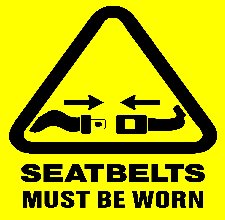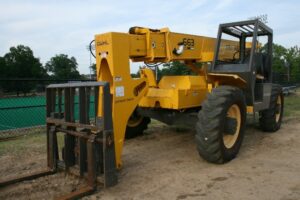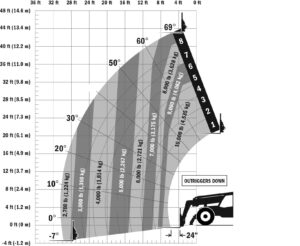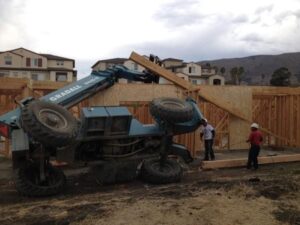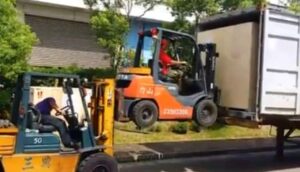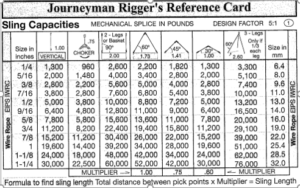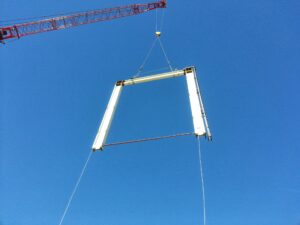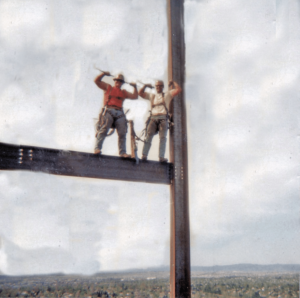Workplace violence is a real problem in America. According to the US Department Of Labor Occupational Safety and Health Administration, around two million Americans are victims of workplace violence every year. And while certain types of jobs are at higher risk—those who exchange money with the public, especially at night; those who work alone; anyone located in a higher crime area, and anyone whose work takes them to other people’s private homes, to name a few—no one is immune from the risk. Workplace violence can manifest in any business organization, and no matter how good a culture your company has, it’s important to be prepared and proactive.
Zero Tolerance
Begin by instituting a zero tolerance policy. This is something you should make clear to every employee as part of the onboarding process, and on a regular basis as well. Make sure everyone in the company knows that any violent incident, including threats of violence, will be dealt with swiftly and severely and will result in the guilty party’s termination. Letting this be known will encourage employees to be mindful of their actions while also helping the company at large to feel more safe and protected as they work.
Employee Training
 One of the most effective ways to counter the threat of workplace violence is with effective employee training. By giving your employees the tools to manage fraught encounters, you’ll be contributing directly toward the safety of your company.
One of the most effective ways to counter the threat of workplace violence is with effective employee training. By giving your employees the tools to manage fraught encounters, you’ll be contributing directly toward the safety of your company.
Of course, your training program should include informing employees of the company’s policies toward threats and violence and making them aware of the consequences of such actions. But there’s more for them to do. Situational awareness can help them learn to recognize potential threats before they manifest, and conflict resolution strategies can help them de-escalate situations and prevent violence before it begins. You can also provide coping strategies for stress and anger, two emotions that often arise in workplaces and have been known to trigger violence.
Security
Clear security measures can help protect your workplace from the threat of violence. There are several steps you can take to help make your company a safer place to work, including:
-
- Limiting the amount of money kept on the premises, if your employees are in a transactional role.
-
- Investing in protective equipment like security cameras and silent alarms.
- Ensure that good exterior lighting is provided, so employees are not walking to their cars in the dark.
If an incident of workplace violence does occur, your priority after securing the safety your people should be to help them through any trauma. Making counseling accessible to your employees after violent incident can help them recover and put it behind them.

